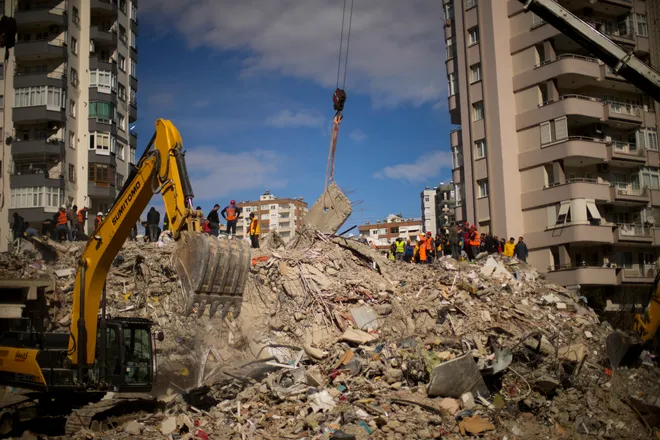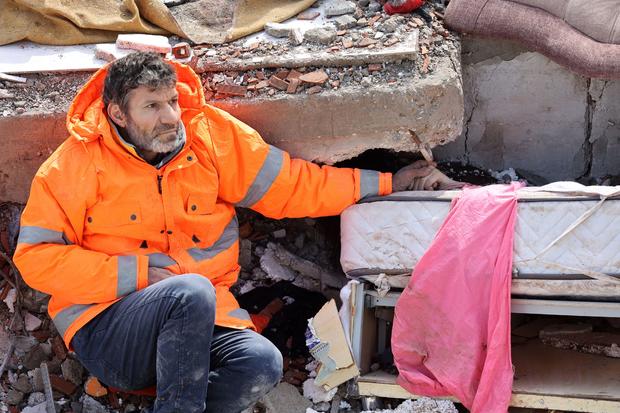
Daniella Flores | News Editor & Publicity Manager
February 10, 2023
Over 15,000 people have been reported killed and tens of thousands have been injured by the 7.8 magnitude Kahramanmaras earthquake which struck Syria and Turkey on Monday.
In both countries, thousands of buildings had collapsed, and “catastrophic repercussions” have been issued for northwest Syria, an area in which millions were already relying on humanitarian support.
“When I heard the news about the earthquake, I was absolutely devastated,” said senior Tessa Campbell.
There are already massive rescue efforts underway with the help of the global community offering their assistance in search and recovery operations. Many of these agencies have warned that fatalities from the disaster have the potential to grow significantly higher.
The earthquake hit around 4 a.m. on Monday after a near-dormant century. According to the United States Geological Survey, the earthquake struck 14.2 miles east of Nurdagi, at a depth of 14.9 miles.
In the immediate hours of the earthquake, aftershocks continued to hit the region. In the following 11 minutes of the earthquake, a 6.7 shock hit, and about nine hours later, a 7.5 shock hit.

Rescuers face the biggest challenge which has been pulling survivors out from under the debris and rubble on both sides of the border. More than 5,700 buildings in Turkey alone have collapsed.
There were numerous factors that contributed to the earthquake being so deadly. The time of day made it harder for people to escape, leaving most of them trapped under the rubble. The cold and wet weather has made it difficult for rescue teams to reach the affected areas. The below-freezing temperatures leave those trapped in the rubble susceptible to hypothermia.
“I could not imagine what the people in Turkey and Syria are feeling right now,” said freshman Eric Flores. “First the freezing weather and now the aftermath of the earthquake.”
The widespread destruction and debris undoubtedly indicate faults within the infrastructure of the two nations. It is usual that only partial collapses occur after earthquakes. Anything more is avoidable in codes and the initial design of a building.
While earthquakes are rather frequent occurrences in Turkey, none have compared to the size and damage of the Kahramanmaras.
For information on how to help the children and families in Turkey and Syria:

Leave a Reply